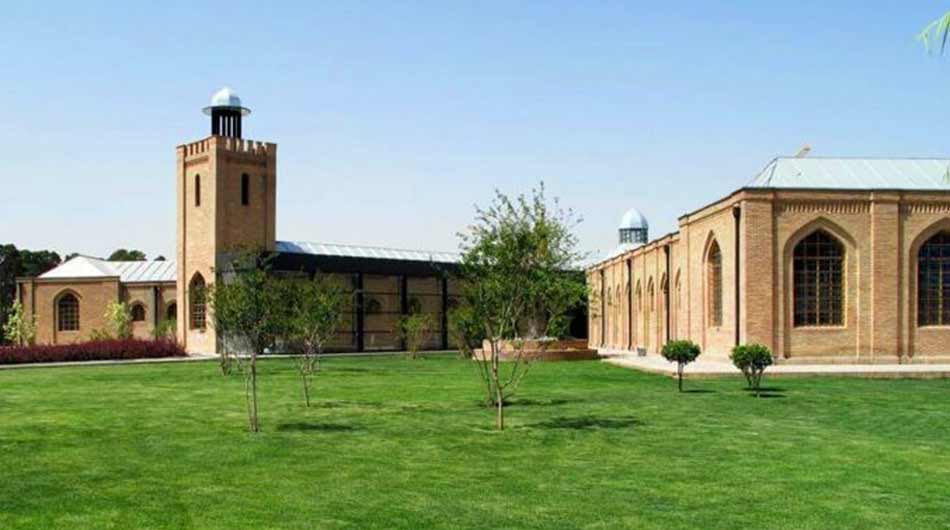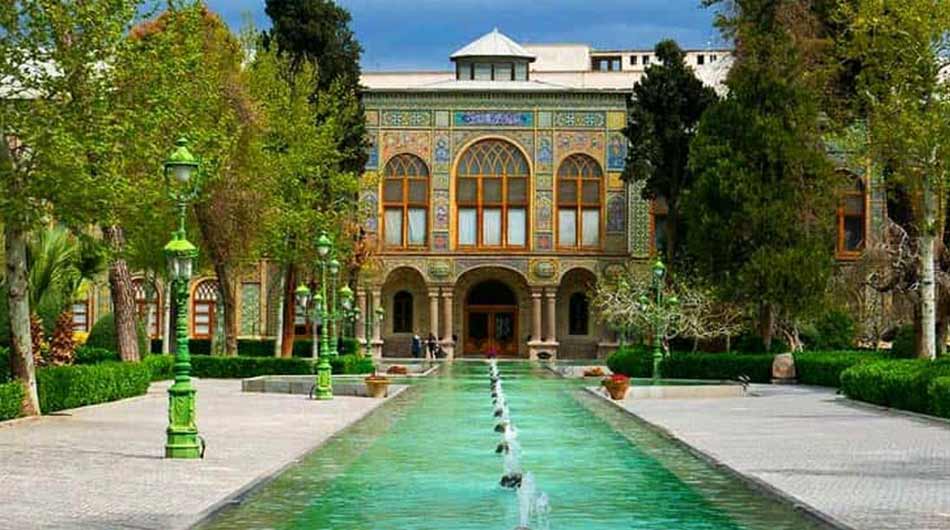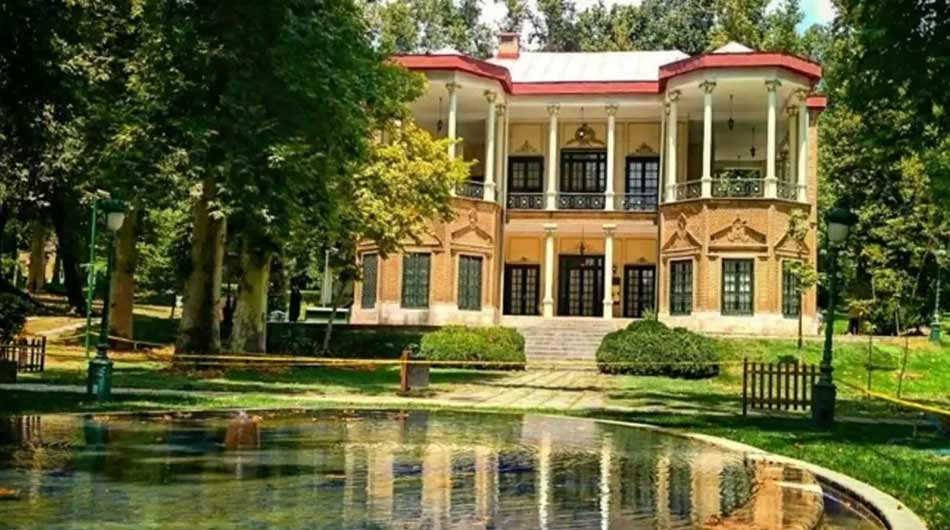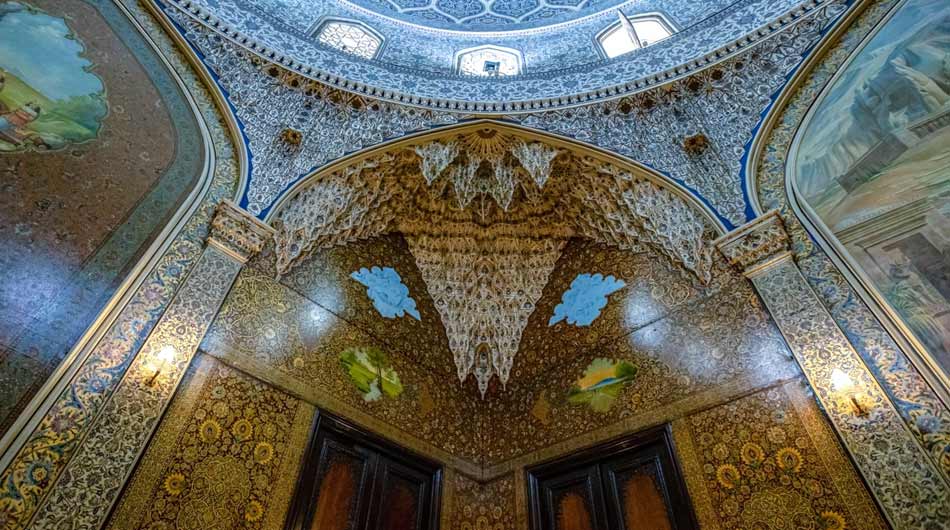5 of Tehran’s historical palaces: grandeur and beauty in the capital
Tehran, the bustling capital of Iran, is a city steeped in history and culture. Amidst the modern skyline and vibrant streets, one can discover the grandeur and beauty of the past through the numerous historical palaces that dot the cityscape. These magnificent structures serve as a testament to Iran’s rich heritage and the legacy of its royalty. In this article, we will embark on a journey through time to explore the fascinating historical palaces of Tehran.
- Golestan Palace: A Jewel of Persian Architecture
One cannot talk about historical palaces in Tehran without mentioning Golestan Palace, a UNESCO World Heritage site and a symbol of Persian architecture. Built during the Safavid era and later expanded by Qajar kings, Golestan Palace showcases a stunning blend of Persian, European, and Russian architectural styles. The intricate tilework, mirrored halls, and beautifully landscaped gardens offer visitors a glimpse into the opulence and elegance of Iran’s royal past.
- Sa’dabad Complex: A Summer Retreat Fit for Royalty
Nestled in the foothills of the Alborz Mountains, the Sa’dabad Complex once served as the summer residence for the Qajar and Pahlavi monarchs. Comprising 18 palaces, the complex now stands as a vast museum showcasing Iran’s cultural heritage. Each palace within the complex represents a unique architectural style and is adorned with priceless art, exquisite furnishings, and lush gardens. A visit to Sa’dabad Complex is a journey back in time, offering a glimpse into the lives of Iran’s past rulers.
- Niavaran Palace: Where Tradition Meets Modernity
Built during the Qajar dynasty, Niavaran Palace is a captivating blend of traditional Iranian and modern architectural elements. Surrounded by picturesque gardens, the palace served as the residence of Mohammad Reza Pahlavi, the last Shah of Iran. Visitors can explore the elegant rooms, including the private quarters of the royal family, and marvel at the impressive collection of art and historical artifacts.
- Marble Palace: A Symbol of Elegance
The Marble Palace, also known as the Palace of Arsh, is a majestic structure located in the heart of Tehran. Its name derives from the lavish use of marble in its construction. Built during the Qajar era, the palace boasts intricate stucco work and beautifully painted ceilings. Today, the Marble Palace stands as a museum, housing a remarkable collection of precious artifacts from Iran’s history.
- Qasr Prison: A Historical Journey of Resistance
While not a traditional palace, Qasr Prison holds significant historical importance. Originally constructed as a military castle during the Qajar period, the site later served as a prison during the Pahlavi era. It gained prominence during the Iranian Revolution as a symbol of resistance against oppression. Today, Qasr Prison serves as a museum, showcasing the struggle for freedom and democracy in Iran.





